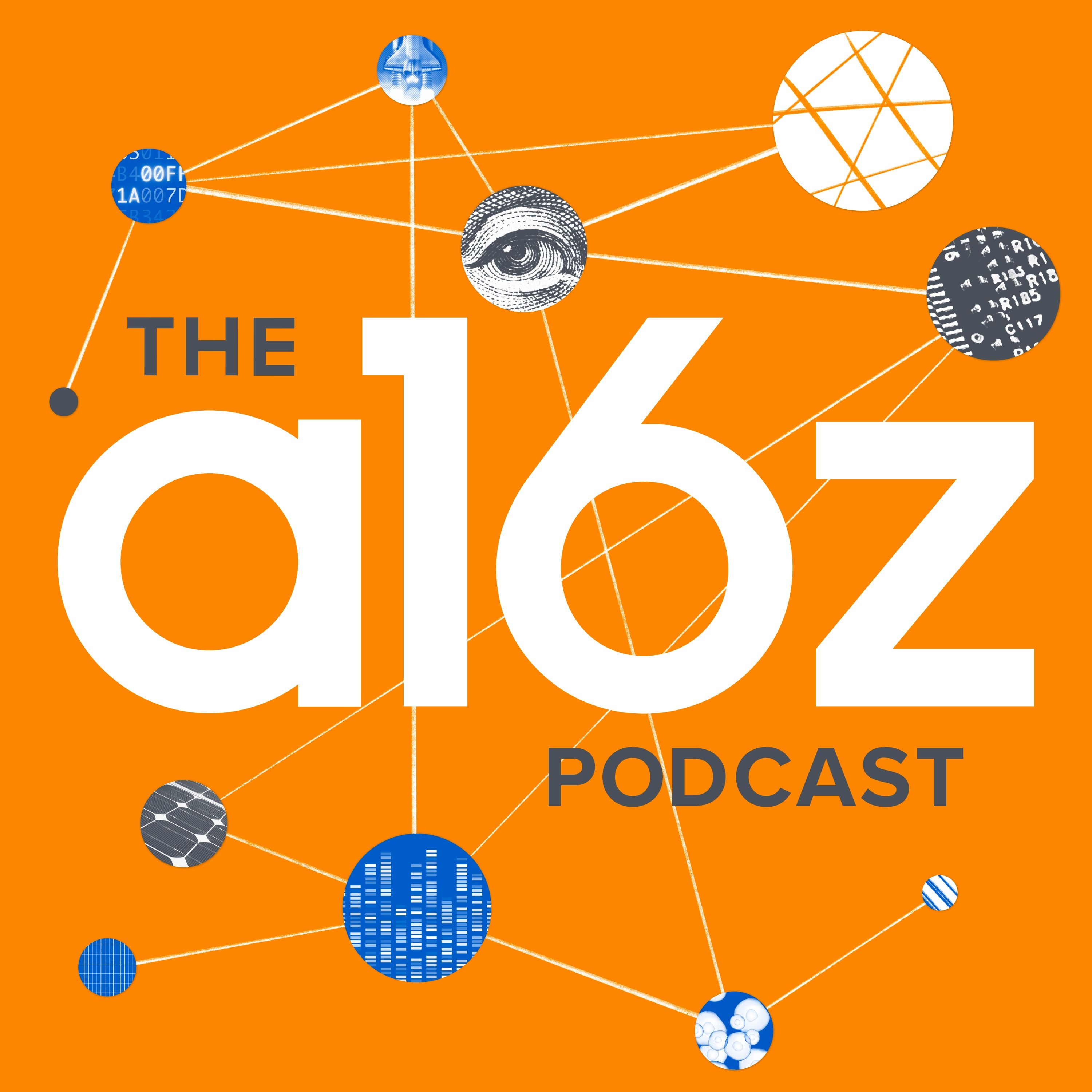Summary of A16z Podcast Episode: Bio Eats World: Degrading Problem Proteins with Drugs | Journal Club (Ep 2)
Podcast: A16z
3 min. read
— Description —
Discover how LYTAC degraders, a groundbreaking class of drugs, have the potential to target extracellular proteins and revolutionize the field of protein degradation Explore their potential therapeutic applications in amyloid diseases like Alzheimers and Parkinsons.

Bio Eats World: Degrading Problem Proteins with Drugs | Journal Club (Ep 2)
Table of contents
Key Takeaways
- Conventional drug mechanism can’t get 100% of protein blocked
- Degraders have more axes of effect
- Proteolysis targeting chimera (PROTAC) degraders function on proteins inside the cell but newer LYTAC degraders can target proteins in extracellular space
- Extracellular proteins should now be added to the list of potential targets for degradation strategy
- Lysosome-targeting chimera drugs (LYTAC) may have future therapeutic in amyloid diseases such as Alzheimer’s and Parkinson’s disease
Introduction
- Lauren Richardson (@lr_bio) hosts researcher @carolynbertozzi, to discuss her newly developed class of drugs and associated mechanism.
- Article: Lysosome-Targeting Chimaeras For Degradation Of Extracellular Proteins by Steven Banik, Kayvon Pedram, Simon Wisnovsky, Green Ahn, Nicholas Riley, and Carolyn Bertozzi, published in Nature (2020).
Mechanism of Conventional Drugs
- Bind to target, usually a pathogenic target or protein in the body contributing to disease
- Occupancy driven pharmacology = drug binds to target and blocks function
- For example, ibuprofen binds to an enzyme and blocks its activity which in turn blocks the inflammatory pathway
- Limitation: can’t get 100% of protein blocked
Benefits of Degrader Vs. Conventional Drugs
- Degrader can bind to target and eliminate so you reduce the level of a target protein
- Most proteins have multiple dimensions to function
- When you block the protein, there are probably other interactions of protein not affected
- When you degrade protein entirely, you take away all functions of protein
- Degrader has more axes of effect
PROTAC: New Class of Drugs
- PROTAC = proteolysis targeting chimera
- A new way to shutdown pathogenic protein is to target for degradation
- In nature, the central mechanism for the degradation of proteins in a cell is to mark for ubiquitin chains which signals degradation
- Concept: build a molecule that builds a gap between targeted protein and ubiquitin machinery
- Mechanism: PROTAC can bind to target proteins and bring enzyme to it which adds ubiquitin
- PROTAC puts ubiquitin on and drives degradation
- Using endogenous mechanism to target a wider range of proteins that would be possible with an inhibitor
Limitations of PROTAC
- Not all proteins are accessible by PROTAC
- PROTAC processes function on protein inside the cell (cytosol or nucleus)
- But there’s a whole world of proteins outside the cell (i.e., on cell surface) or secreted by cell and released in extracellular space
- LYTAC: Lysosome Targeting Chimera Cellular Pathway & Mechanism
- LYTAC was born out of the need to identify other mechanisms of reaching proteins not found inside a cell
- Degradation strategy provides a more potent effect with lower doses
- Nature uses the endosome-lysosome pathway: cells will internalize and engulf molecules from extracellular space into endosomal vesicles
- LYTAC mimics the natural degradation pathway of the endosome-lysosome pathway
- Mechanism: one part binds protein you want to degrade, other part binds the lysosomal-trafficking receptor system
- Molecules interact with receptors and bind to a target of interest
- Specificity and affinity are keys
Next Steps
- Extracellular proteins should now be added to the list of potential targets for degradation strategy
- Group is currently undergoing second and third-generation improvements of LYTAC technology
- Improve structure: new chemistry to be more engineered to identify the best geometry for target
- Develop LYTACs from other molecules
- Improvements to the ability to target different receptors via lysosomal trafficking
Future Use of LYTAC Drugs
- Therapeutic applications hopeful for diseases that involve the aggregation of proteins in an extracellular environment
- LYTAC approach can potentially treat amyloid diseases such as Alzheimer’s and Parkinson’s